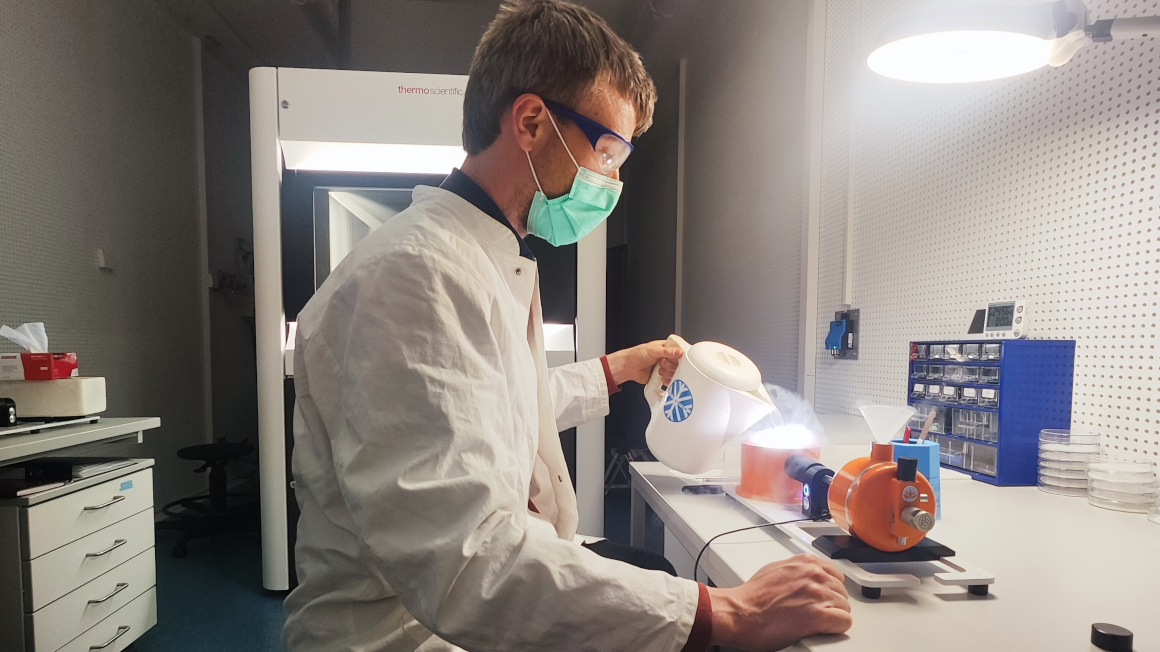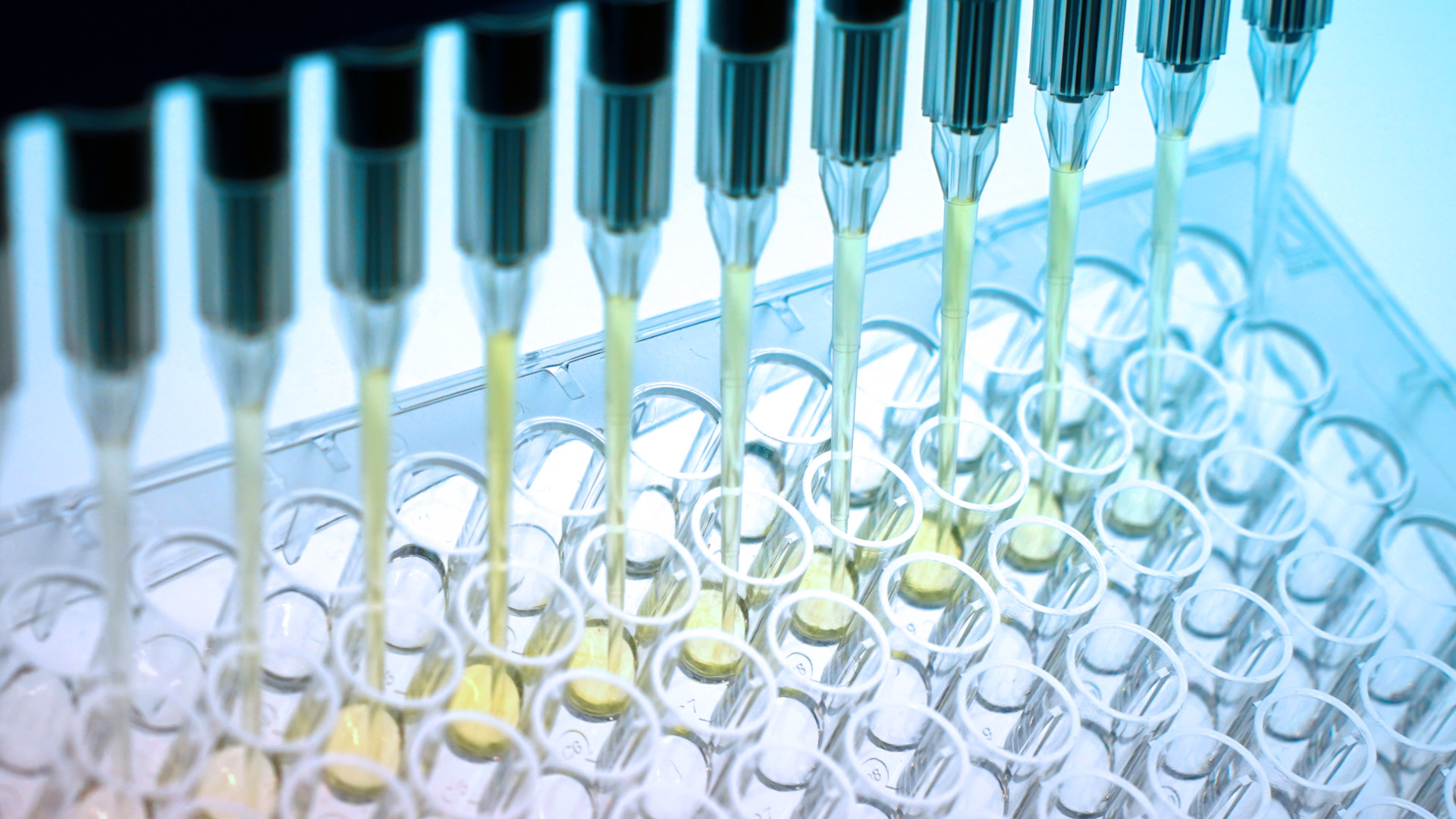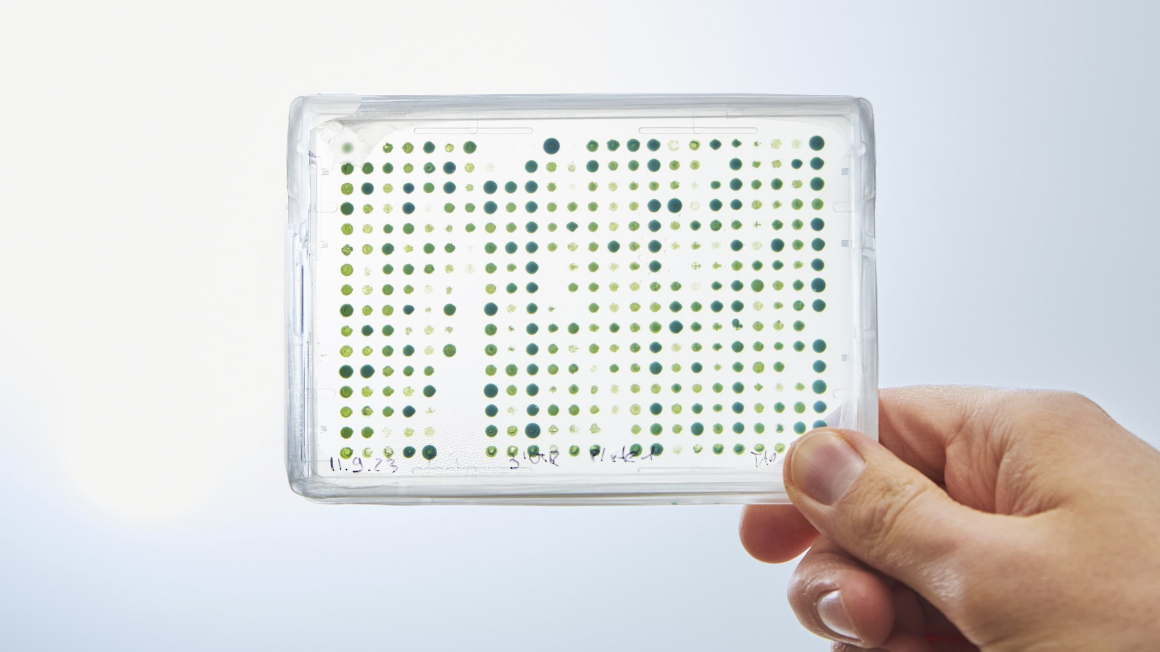Enzymatic CO2 binding decoded
Researchers at the University of Potsdam and Humboldt-Universität zu Berlin have succeeded in explaining the working steps of an enzyme involved in anaerobic carbon fixation.

Anaerobic microorganisms are among the oldest living organisms on earth. As oxygen is life-threatening for them, they have developed special metabolic pathways that enable them to survive in oxygen-free regions such as the human gut or volcanic swamps. The ability to bind carbon is also particularly efficient in anaerobic microorganisms. The enzyme complex carbon monoxide dehydrogenase/acetyl-CoA synthase (CODH/ACS) plays an important role here.
Catalytic cycle of the enzyme complex elucidated
Researchers from the University of Potsdam and Humboldt-Universität zu Berlin have now elucidated the catalytic cycle of the enzyme complex for the first time using high-resolution cryo-electron microscopy (cryo-EM). ‘The efficiency of this reaction makes CODH/ACS a promising enzyme candidate for biofuel production from carbon dioxide,’ the team writes in the journal ‘Nature Catalysis’.
Enzyme complex determines reaction sequence
The investigation using the cryo-EM method revealed that the enzyme complex moves in the course of chemical reactions and thus determines the reaction sequence. ‘Our cryo-EM maps of six intermediate states of CODH/ACS are so highly resolved that the molecules bound to the metal centre can be clearly correlated with the movements of the protein,’ reports Jakob Ruickoldt, first author of the study. The catalysis of this enzyme complex is therefore based on various nickel-iron metal clusters that convert carbon dioxide into the biomolecule acetyl coenzyme A in several steps. Acetyl-CoA plays a key role in metabolism and is the starting material for various biosyntheses.
Potential for biotechnological carbon fixation
"By using this method, we have discovered how the binding of the different molecules prepares the active centre for the next reaction step and thus prevents side reactions and the loss of valuable reaction intermediates. This knowledge will help to utilise the catalysis of the ancient enzyme complex for biotechnological carbon fixation," says Petra Wendler, co-author of the study.
bb


